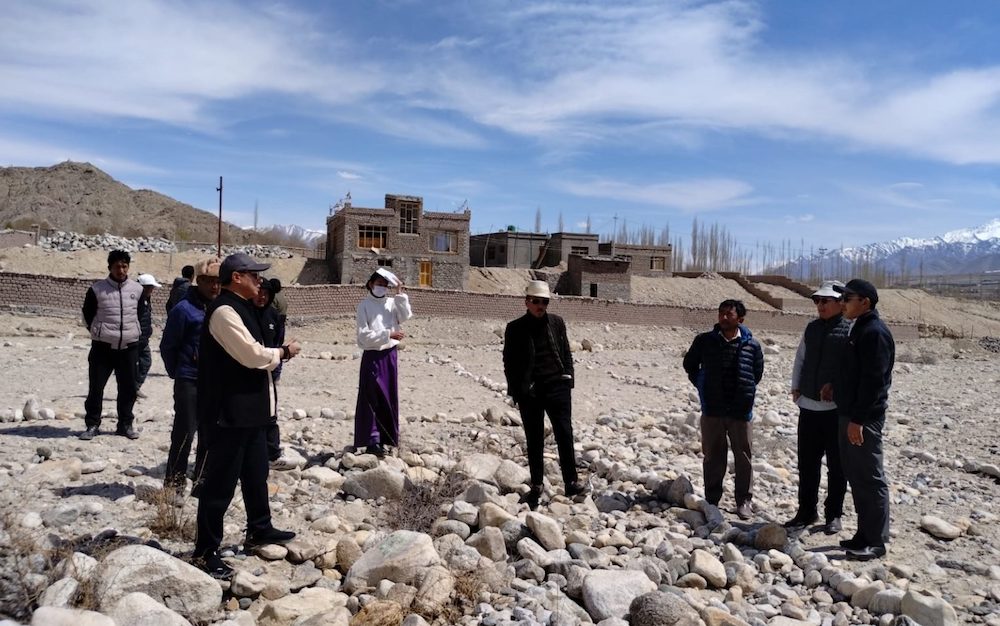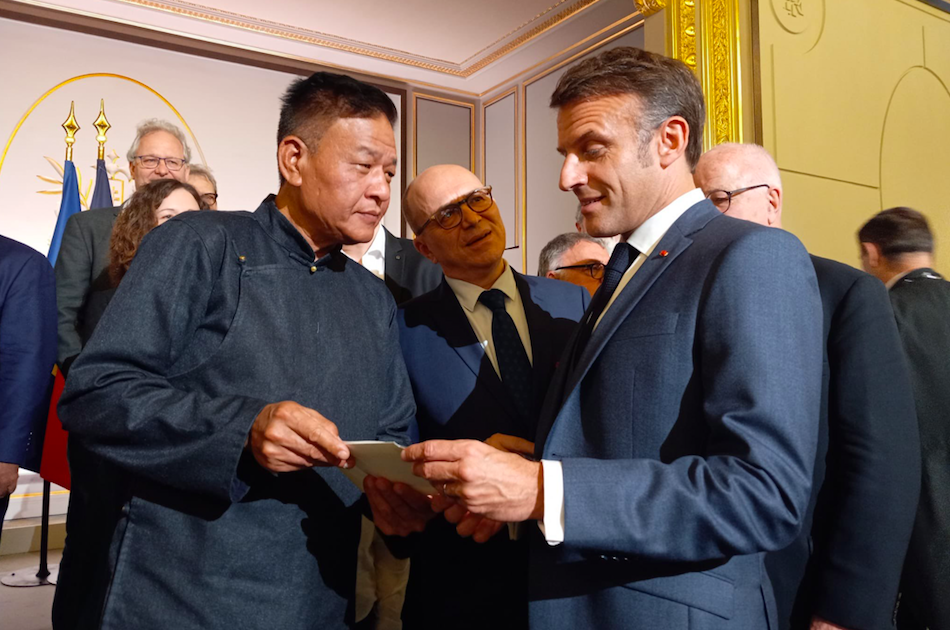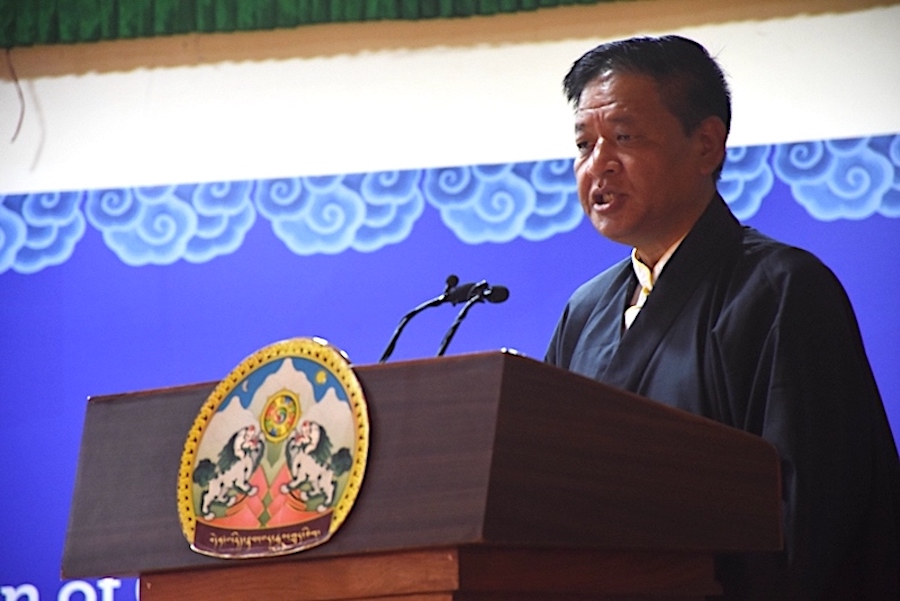 TSETANG, Tibet – Look one direction over the rock and mud walls of Tibet’s oldest building, and the gold and olive-coloured barley fields look like mats padding the Yarlung Valley, the cradle of Tibetan civilisation.
TSETANG, Tibet – Look one direction over the rock and mud walls of Tibet’s oldest building, and the gold and olive-coloured barley fields look like mats padding the Yarlung Valley, the cradle of Tibetan civilisation.
One can make out the tiny first plot ever to be cultivated by Tibetans, and Tibet’s first village, from atop the structure called Yumbulagang, which legend has it dates back to the second century B.C.
Peer down the other side of the hill and you can see the Yumbulagang souvenir store. A Han Chinese who speaks no Tibetan runs it.
“I have little contact with Tibetans,” explains proprietor Mo Lin, a skinny man in his mid-30s who moved to Tibet more than a decade ago from neighbouring Qinghai province.
“I came here for business because there were more opportunities than in Qinghai at the time,” he said. “I’m used to it here now.”
The irony of Mo’s small shop in the heart of where it all began for Tibetans highlights an ethnic problem the Chinese government says does not exist but Tibetans in exile consider a dire threat to their cultural heritage.
Parts of Tibet’s three biggest cities, Lhasa, Shigatse and Tsetang, look like virtually any inland Chinese city — concrete buildings with white tiles and tinted windows, plastic palm trees along major roads.
Han people are hard to avoid and stories like Mo’s are everywhere.
“I had to do something to eat!” joked one shopkeeper about why she left Henan province to make a living in Tibet.
“I’ll do anything to make money here, as long as it’s legal,” said another Han transplant, newly arrived from Sichuan province.
GROWING NUMBERS
The governor of Tibet, Jampa Phuntsog, told reporters that ethnic Tibetans made up 92 percent of Tibet’s population of 2.66 million.
“In Tibet, there is no immigration problem,” he said.
But government policies encouraging investment must be hard to turn down for those looking for something new and willing to take a risk on “the Roof of the World”.
In Lhoka, known in Chinese as Shannan prefecture, the government is offering some companies free land and no taxes for three years.
De Ji, the top government official of the prefecture, was gung-ho about attracting investment.
“It doesn’t matter if you have white hair, yellow hair or black hair, or blue eyes, or have whatever colour skin,” the playing field is level in Shannan, she told reporters in the prefectural seat of Tsetang.
Many non-Tibetans slip under government radar screens entering as migrant labourers and staying temporarily. Soldiers are not counted in open census information.
DANGER
For supporters of Tibet, the influx of Han is putting Tibetan culture in danger. Mandarin is an increasingly important language of business.
Han Chinese and other non-Tibetans are mving into centres of Tibetan culture and heritage, like Lhasa’s bustling Barkhor market adjacent to the holiest Buddhist monastery to Tibetans, the Jokhang, once almost exclusively inhabited by them.
Hairdressers or massage parlours with red lights and Han women lingering by the doorways line certain streets in Tibetan cities.
“Tibet seems much more like a Chinese province than at any other time in history,” said Tsering Shakya, a research fellow at London’s School of Oriental and African Studies.
Increasing numbers of Han Chinese in Tibetan cities is also fuelling a growing wealth gap between cities and rural areas that sharpens the ethnic divide.
Ninety percent of the ethnic Tibetans are farmers or herders earning under 2,000 yuan ($241) a year.
Now, some Chinese are becoming concerned.
Wen Jing, a devout Buddhist from the southern region of Guizhou who came to Tibet for the holy sites and to think about making an investment here, thinks the culture clash could be disastrous.
“I am really worried about the loss of culture in Tibet. It’s a huge problem,” Wen said at a rest stop at the 5,045 metre (16,648 feet) high Karo-la pass en route from Lhasa to Tibet’s second city Shigatse.
“Lhasa isn’t interesting anymore. They call it ’Little Sichuan’,” he said.









